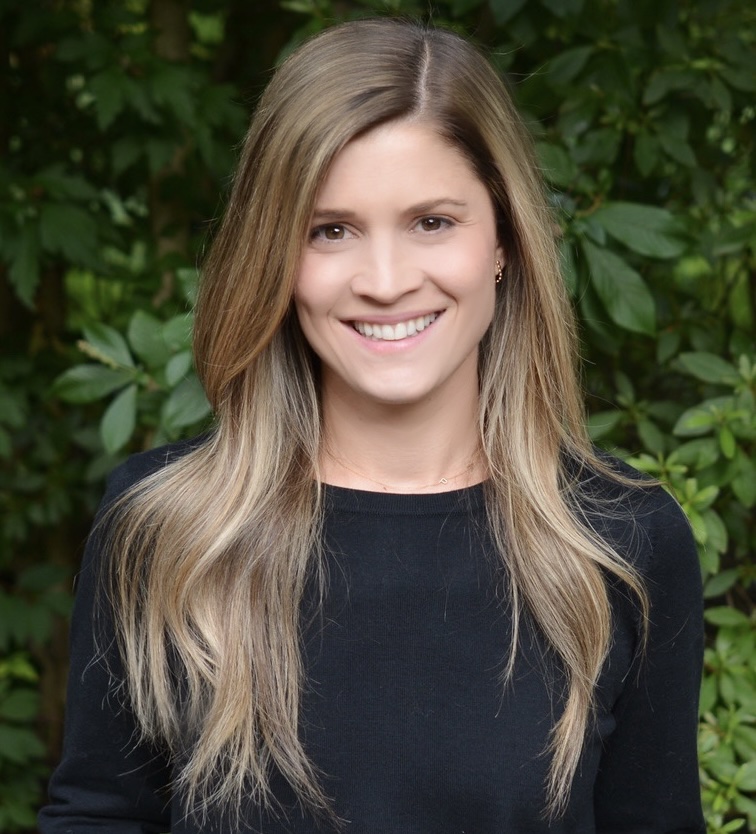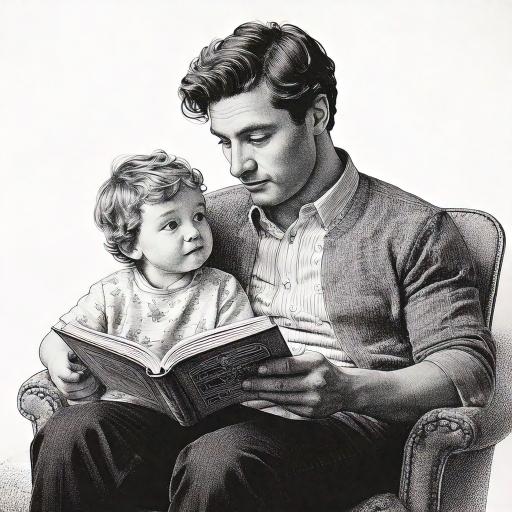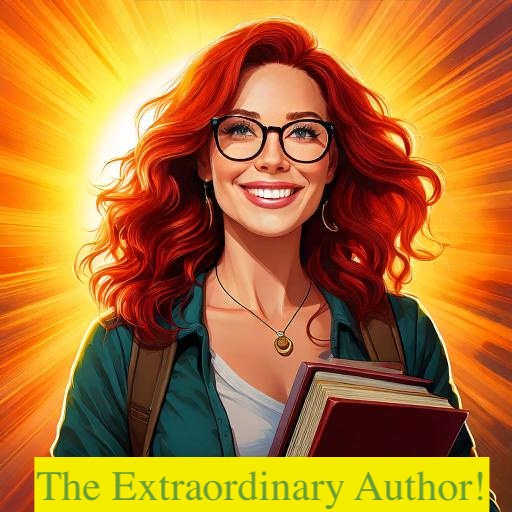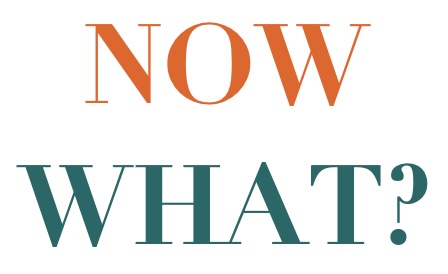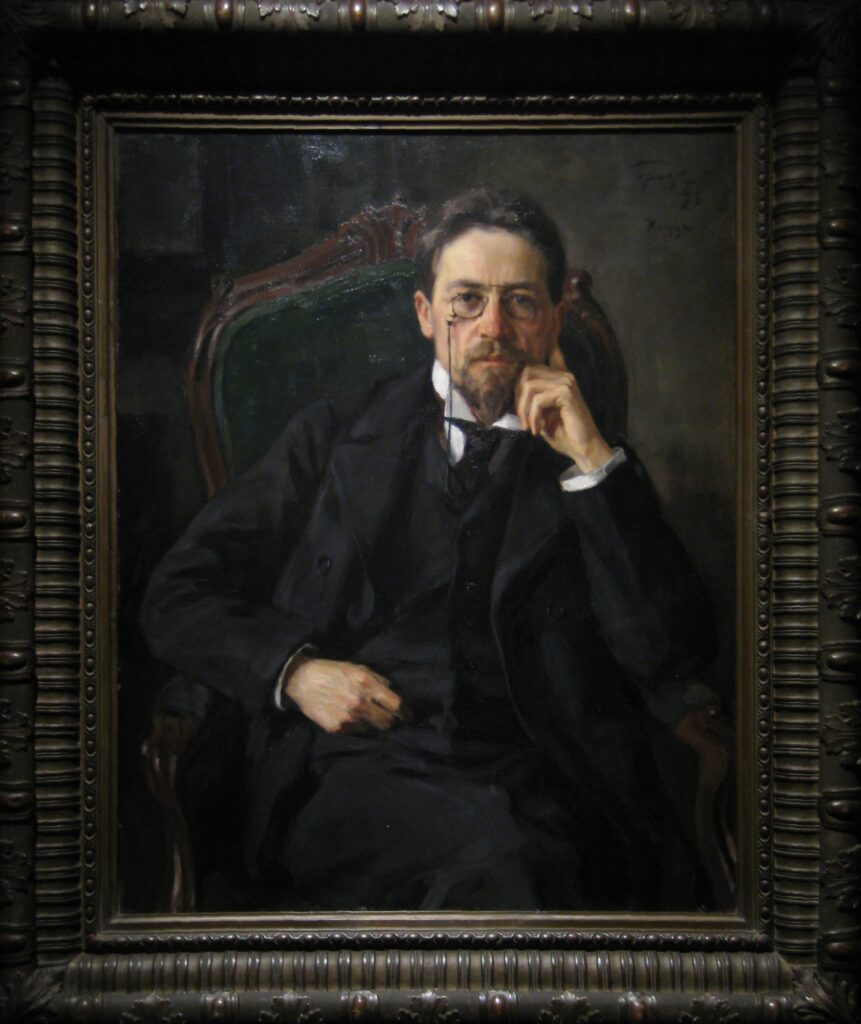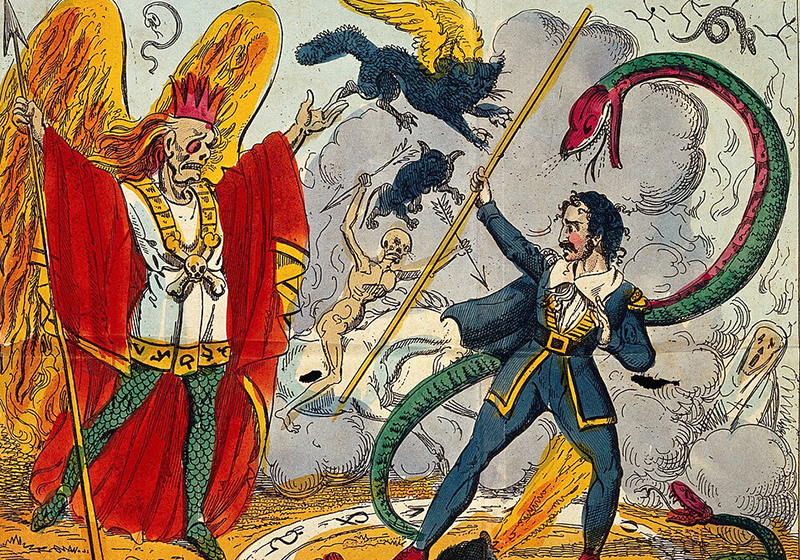Posts by Michael
Trying Out “AI Proofreading” in Our Editing Process
I’ve yet to see any “intelligence” in so-called artificial intelligence (AI) tools, but I’ve tried out as many as I can to see if they can be useful in proofreading. For the most part, the tools do poorly. The problem is that they are focused on rewriting (or even writing from scratch) based on tone…
Read MoreSchool Author Visits: 5 Things NOT to Do!
You’ve written your first (or third, or tenth) children’s book, and you are ready to share it with the world! And what better way to get your book in front of kids than at a school? Author visits at schools can be a wonderful way to engage with your core audience.
Read MoreWhat Publishers Owe Authors Submitting Work
It’s common for an author to feel that publishers hold all the power. Until the advent of print-on-demand and self-publishing, authors trying to break through felt their limits acutely, with the metaphor gatekeeper feeling quite literal at times. And publishers abused this power, taking advantage of the oversupply of would-be authors to treat authors as…
Read MoreSummary, Exposition, and Narrative
Facts and information! All books need them in order for the reader to understand the story. But deciding how to deliver them is often the difference between a book that’s a slog and a book where the pages turn themselves. Whether fiction or non-fiction, and with works for any age of reader, the writer’s ability…
Read MoreAuthors are Extraordinary; Publishers are Ordinary
I gave a presentation called “Publishing 101” at the Brookfield Public Library on Sunday. I’ve given this presentation a couple of times before, and it treads familiar territory for me. I do an overview of types of publishers, types of contracts, and some good-to-know pieces of information for anyone interested in the industry (usually folks…
Read MoreOrange Hat’s Next Chapter: Now What?
When deciding what was next in my career and discussing my purchase of Orange Hat with our founder Shannon Ishizaki, I kept returning to the phrase “service continuity” as my foremost goal. Yes, ownership was changing, and there was soon to be someone else at the helm. But I wanted our authors to feel that…
Read MoreDetails, Juggling, and Chekhov’s Gun
Imagine you’re reading a story and learn in the first chapter that the protagonist does not speak. Maybe he can speak but chooses not to. Maybe he is unable to speak. No matter the reason, the fact remains. As we readers assess this story, we are immediately intrigued! How did the protagonist get this way?…
Read MoreOrange Hat’s Next Chapter: How Did We Get Here?
Purchasing Orange Hat was like a dream coming true when you never knew you had the dream in the first place. Read the inside story on the transition from founder Shannon to new owner Michael.
Read MoreWhoa Writing: Crafting Four-Dimensional Characters
Writing advice often stresses the importance of writing three-dimensional characters. These characters are “fully fleshed out,” which is a really creepy metaphor if you think about it for too long! They feel like “real people” because they have flaws and biases and personalities and backstories and all the other things that we know about real…
Read MoreWhoa Writing: The Villain is the Hero in Their Own Story
Who’s the hero of the movie Mean Girls? Is it ingenue and audience proxy Cady Heron? We see the world of Northshore High through her eyes. We feel her friendship with Janis and Damien. We ache over her crush on Aaron Samuel. We laugh as she pranks Regina and the other Plastics. Sure, toward the end of the film, we get a little worried that she’s gone too far. And she does neglect her real friends in favor of being popular. But she’s the hero, right?
Read More


